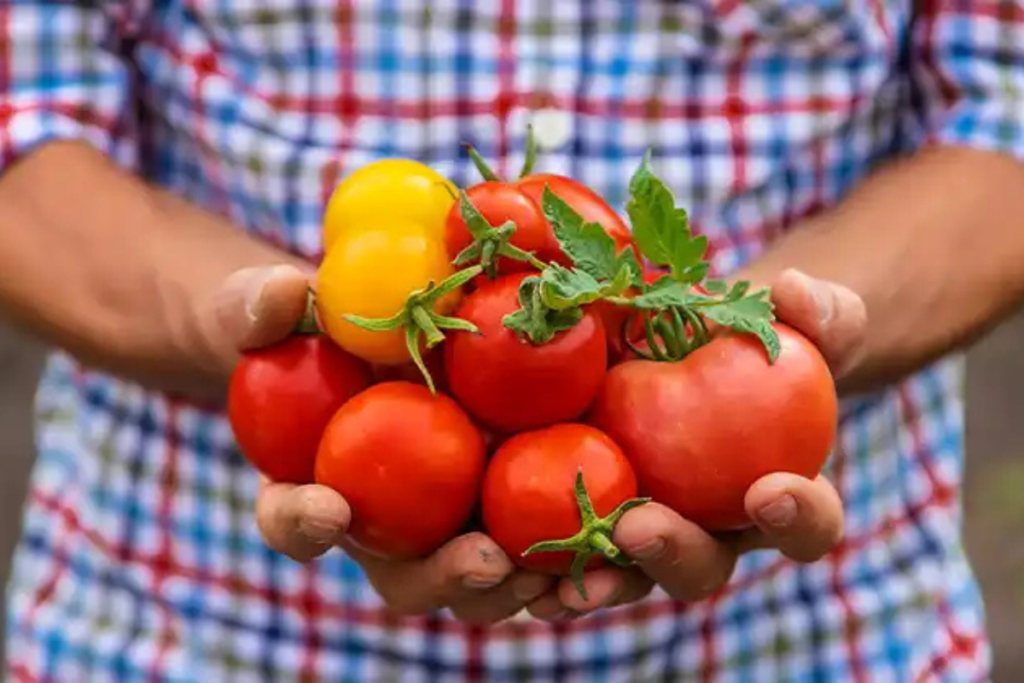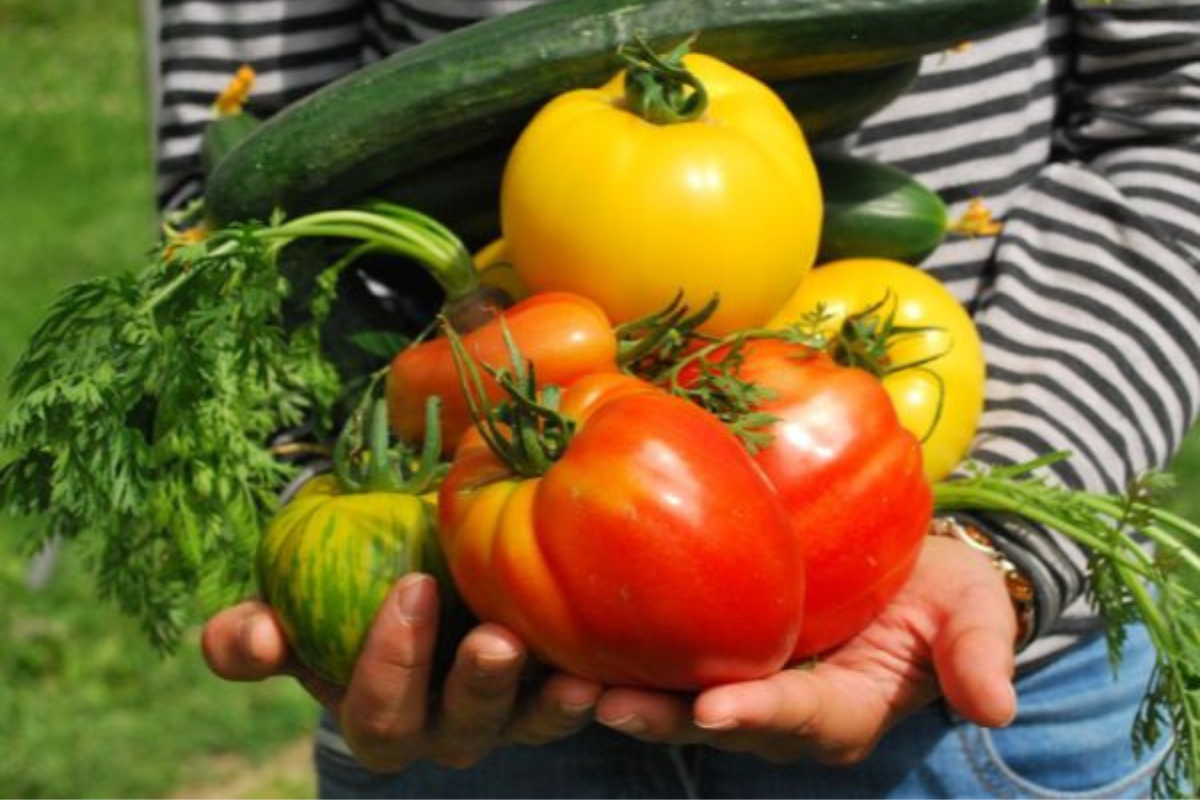Growing tomatoes at home can be an incredibly rewarding experience. Not only do homegrown tomatoes taste fresher and sweeter than store-bought ones, but they also provide the satisfaction of cultivating your own food. Here is a comprehensive guide to growing the best tomatoes right in your backyard or on your balcony.
Step 1: Choose the Right Tomato Variety
There are countless tomato varieties, each suited for different purposes and growing conditions. Some popular types include:
- Cherry tomatoes: Sweet and perfect for snacking.
- Beefsteak tomatoes: Large and ideal for slicing.
- Roma tomatoes: Meaty and great for sauces.

Choose a variety that matches your space, climate, and intended use. If you have limited space, opt for determinate (bush) varieties, which grow compactly. Indeterminate varieties, on the other hand, require more room and staking but yield fruit over a longer period.
Step 2: Select the Right Location
Tomatoes thrive in full sunlight, requiring at least 6-8 hours of direct sun each day. Choose a location with good air circulation and well-draining soil. If you’re growing in containers, ensure the pots are placed in a sunny spot and have adequate drainage holes.
Step 3: Prepare the Soil
Tomatoes grow best in nutrient-rich, slightly acidic soil with a pH of 6.0 to 6.8. Here’s how to prepare the soil:
- Amend with compost: Mix organic compost or well-rotted manure into the soil to improve fertility.
- Add fertilizers: Incorporate a balanced fertilizer with phosphorus and potassium to support healthy root and fruit development.
- Check drainage: Ensure the soil drains well to prevent waterlogging.
Step 4: Start with Healthy Seedlings
You can grow tomatoes from seeds or purchase seedlings from a nursery. If starting from seeds, sow them indoors 6-8 weeks before the last frost date. Use seed trays with a light potting mix, and provide warmth and light to encourage germination. Once seedlings are 6-10 inches tall and have at least two sets of true leaves, they’re ready for transplanting.
Step 5: Plant with Care
When transplanting, follow these tips:
- Plant deeply: Bury the stem up to the first set of leaves. This encourages strong root development.
- Space properly: Space plants 18-24 inches apart for determinate varieties and 24-36 inches for indeterminate varieties to allow room for growth.
- Water thoroughly: Water immediately after planting to help the roots settle.
Step 6: Provide Support
Tomatoes need support to keep their fruits off the ground and prevent damage. Use stakes, cages, or trellises, and tie the plants gently as they grow. Indeterminate varieties particularly benefit from sturdy supports.
Step 7: Water and Mulch
Consistent watering is crucial for healthy tomatoes. Water deeply and regularly, aiming for 1-2 inches of water per week. Mulch the soil with straw, grass clippings, or wood chips to retain moisture, regulate soil temperature, and prevent weeds.
Step 8: Feed Your Plants
Tomatoes are heavy feeders. Use a fertilizer rich in phosphorus and potassium for flowering and fruiting. Avoid over-fertilizing with nitrogen, as it promotes leafy growth at the expense of fruit production.
Step 9: Monitor for Pests and Diseases
Common tomato pests include aphids, hornworms, and whiteflies. Diseases like blight and blossom-end rot can also affect plants. Prevent issues by:
- Inspecting plants regularly: Check leaves and stems for signs of pests or disease.
- Pruning lower leaves: Remove leaves near the ground to prevent soil-borne diseases.
- Using organic controls: Neem oil, insecticidal soap, or companion planting with marigolds can deter pests.
Step 10: Harvest at Peak Ripeness
Tomatoes taste best when picked at their peak ripeness. Gently twist or cut the fruit from the vine when it’s fully colored and slightly firm. If frost threatens before all tomatoes ripen, pick green ones and let them ripen indoors.
Bonus Tips for Success
- Rotate crops: Avoid planting tomatoes in the same spot each year to reduce the risk of soil-borne diseases.
- Prune suckers: For indeterminate varieties, remove side shoots (suckers) to direct energy into fruit production.
- Choose disease-resistant varieties: Look for varieties labeled as resistant to common diseases like fusarium wilt or verticillium wilt.
By following these steps, you can enjoy a bountiful harvest of delicious, homegrown tomatoes. Whether you use them in salads, sauces, or simply eat them fresh off the vine, the effort you put into growing your tomatoes will be well worth it!
